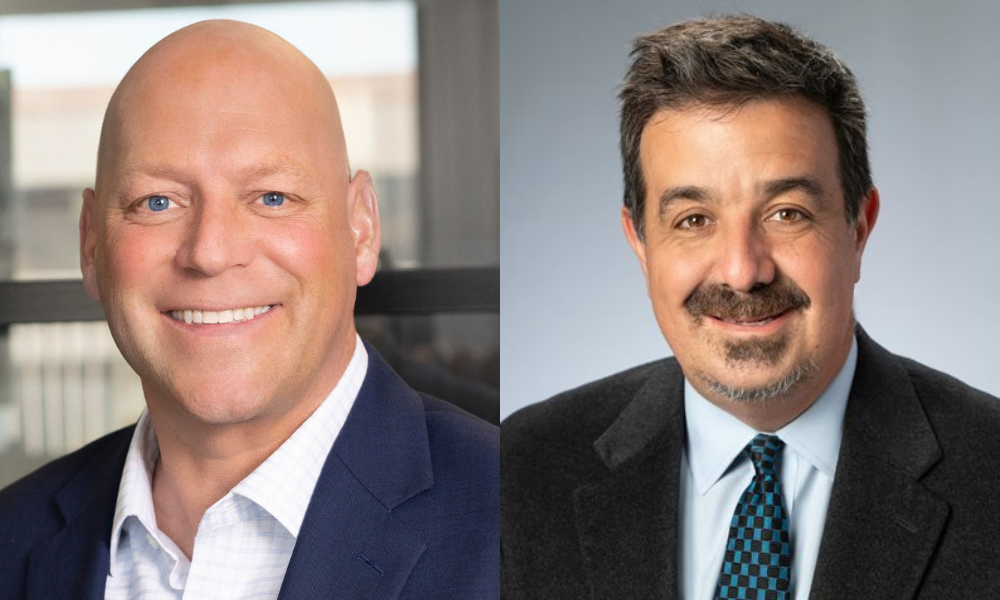

‘Tis the season to be jolly – and start giving.
This Tuesday is Giving Tuesday, a phenomenon that started in 2012 to inspire and encourage people to do good by performing acts of kindness and support their communities.
More than 34 million Americans reportedly participated in Giving Tuesday last year, down 10 percent from 2022, in a fundraising trend that many organizations are seeing across the board. This year, it acts as a counterpoint to the consumerism of Black Friday and Cyber Monday.
The most important thing advisors can do to give is simply through education, said Don Evans, CEO and president of Crewe Foundation, a 501(c)(3).
“From a tax perspective, knowing and using the proper tools and being able to educate clients to make the most informed gifts can make it an incredibly impactful and effective for them as well as maximizing their donations,” Evans said.
While Cash accounts for roughly 70 percent of donations annually, understanding the benefits of using appreciated assets “makes it way more powerful,” he said.
Appreciated stocks “are huge” because clients will sit on a portfolio where stocks have held on for a long time, he said.
“Those are great to use just because of the effectiveness of bypassing that gain. They’re jumping ahead and not having to pay capital gain tax so it just makes their donation go a lot farther,” he said.
Many Americans give the same way to the same organizations, but there are often more tax-effective ways to give that can have a bigger impact by relooking at the situation, said Mitchell Kraus, owner and principal of Capital Intelligence Associates, whose podcast, Giving Intelligence, addresses giving methods beyond traditional donations.
“For senior clients, the easiest way to donate is directly from their IRA, if they're over 70,” he said. “Giving from their IRA can be very tax efficient, because instead of taking income and then trying to get a deduction against it, they're able to give directly, which can help them save on Medicare taxes and help them qualify for government benefits.”
If clients are taking the required minimum distributions out of the equation, it's “a much more tax efficient way to give the money directly from their IRA to charity,” he said.
Appreciated assets like stocks or funds can also be donated directly to the charity, where advisors can deduct the full current value of the asset and avoid paying capital gains tax, he said.
Donor advised funds (DAFs) have become enormous and are “by far, the most popular way for for clients to give” because clients can take advantage of gifting appreciated assets to have “a bigger bang for their buck,” Evans said.
“Donor advised funds have a that just makes it really easy for donors to give in an effective way.”
Over $251 billion earmarked for charitable grants remains idle in DAFs. Last year, individuals contributed an additional $59.4 billion to DAF accounts. However, only 24 percent of DAF assets were distributed to charitable organizations, leaving the majority of these funds unused, according to the National Philanthropic Trust.
DAFs have no mandatory distribution, and unlike family foundations, there's a 5 percent mandatory distribution every year, said Cinira Baldi, chief development and communications officer at Project Hope, a not-for-profit charitable organization for healthcare workers.
"DAFs are still relatively new, and we don't have any kind of regulation there," Baldi said. "Sometimes people think that it automatically gets distributed so I'm always encouraging people to do an annual checkup and have a set intention on who you want to give that money to and release that money to the charities that are important to you and your family."
While donor-advised funds also play a big role in charitable giving, Kraus suggested to consider bunching donations every few years instead of giving smaller amounts annually, which can help to exceed the standard deduction and claim a larger charitable deduction.
In Los Angeles, where he is based, people to tend to give homeless organizations and sociopolitical issues like reproductive rights organizations or environmental organizations, he said.
Financial means aside, other ways clients and advisors can give are through volunteer opportunities for clients and families, Evans said. Hands-on experiences with local charities can help clients better understand community needs and feel more connected to their giving.
There remains a lot of needs around the world; nonprofits and participating in Giving Tuesday meets those needs.
"It's important for us as we are celebrating holidays and consuming and purchasing that we also always think about, how can I give back to society?" Baldi said.

By listening for what truly matters and where clients want to make a difference, advisors can avoid politics and help build more personal strategies.

JPMorgan and RBC have also welcomed ex-UBS advisors in Texas, while Steward Partners and SpirePoint make new additions in the Sun Belt.

Counsel representing Lisa Cook argued the president's pattern of publicly blasting the Fed calls the foundation for her firing into question.

The two firms violated the Advisers Act and Reg BI by making misleading statements and failing to disclose conflicts to retail and retirement plan investors, according to the regulator.

Elsewhere, two breakaway teams from Morgan Stanley and Merrill unite to form a $2 billion RIA, while a Texas-based independent merges with a Bay Area advisory practice.
Orion's Tom Wilson on delivering coordinated, high-touch service in a world where returns alone no longer set you apart.
Barely a decade old, registered index-linked annuities have quickly surged in popularity, thanks to their unique blend of protection and growth potential—an appealing option for investors looking to chart a steadier course through today's choppy market waters, says Myles Lambert, Brighthouse Financial.
